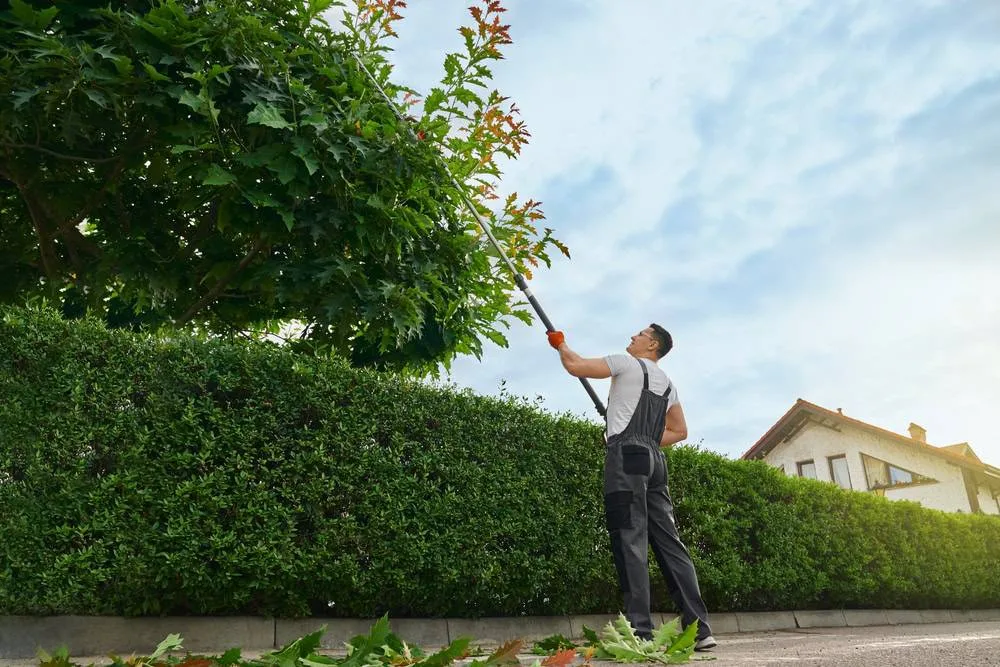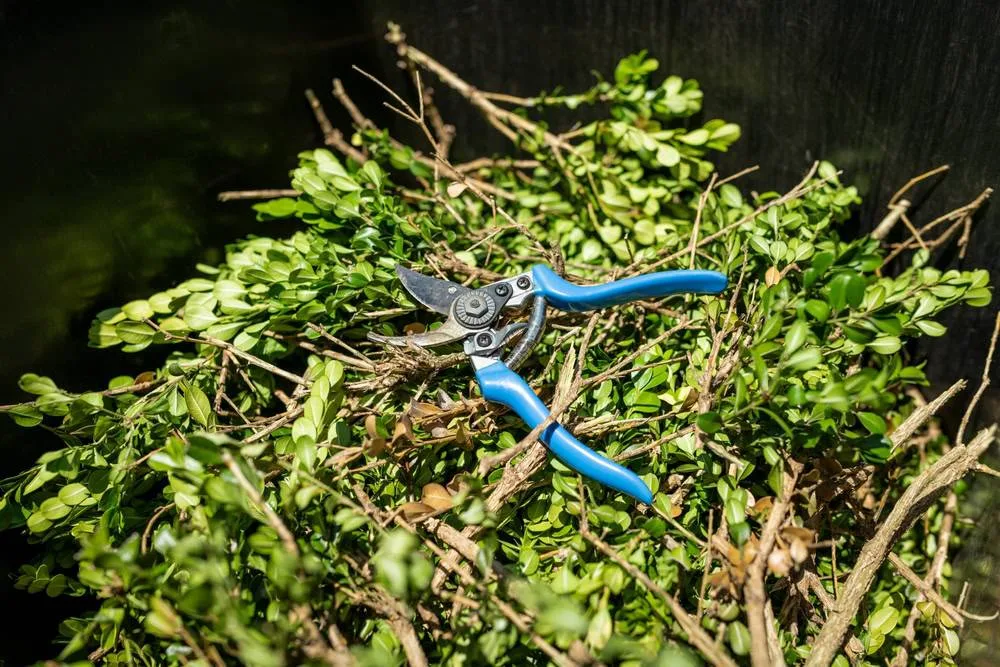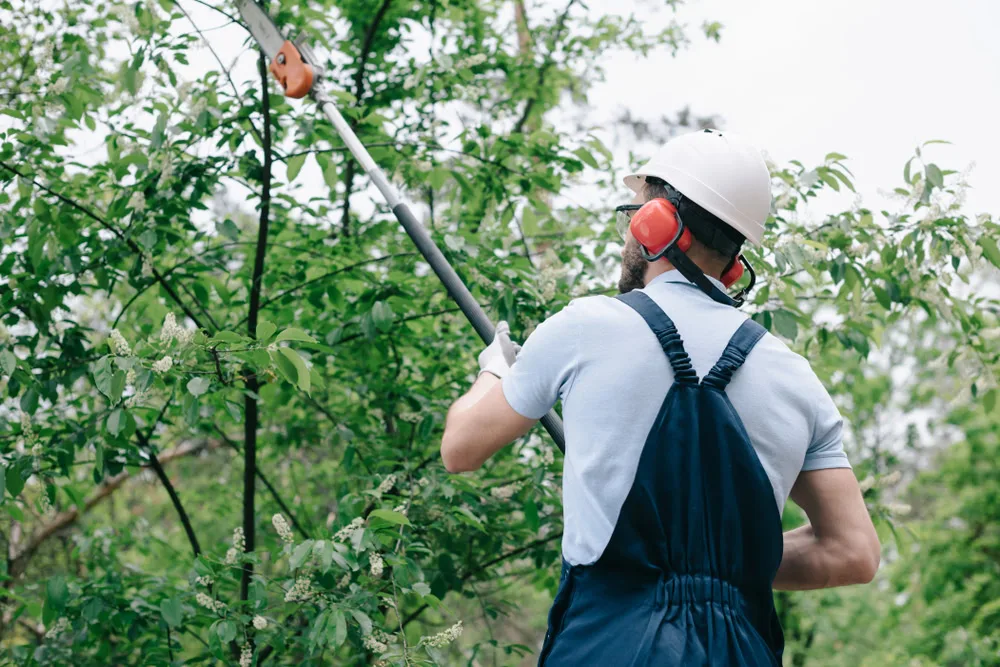Tree Trimming in Nissequogue, NY
Keep Your Trees Healthy and Safe
Professional tree trimming that protects your property and preserves your investment year-round.

Hear from Our Customers

Professional Tree Care Services
Your trees look better, grow stronger, and pose less risk to your home. That’s what happens when trimming is done right.
Properly trimmed trees resist storm damage better. They don’t drop heavy branches on your roof during the next nor’easter. The weight distribution stays balanced, and weak or diseased wood gets removed before it becomes a problem.
Your property looks intentional instead of overgrown. Clean lines, healthy growth, and trees that complement your landscape rather than overwhelming it. Plus, you’re not dealing with branches scraping your house or blocking your views.
Nissequogue Tree Trimming Experts
Green Light Tree Services has been working with Nissequogue homeowners for years. We understand the challenges that coastal weather brings to your trees and how to prepare them for it.
Our certified arborists know which species thrive here and which ones need extra attention. We’ve seen what happens when trees aren’t properly maintained, and we’ve helped plenty of property owners avoid those expensive mistakes.
You’re working with licensed, insured professionals who show up when scheduled and clean up completely when the job is done.

Tree Trimming Process
We start by assessing each tree’s health, structure, and specific needs. Not every tree gets the same treatment because not every tree has the same issues.
The actual trimming focuses on removing dead, diseased, or structurally weak branches first. Then we shape for proper weight distribution and growth patterns. We use proper cutting techniques that promote healing and prevent disease entry points.
Cleanup happens as we work, not after. You won’t have piles of debris sitting around your property for days. Everything gets chipped, hauled away, and your landscape looks clean when we’re finished.

Ready to get started?
Complete Tree Maintenance
Every tree trimming job includes a full assessment of your tree’s health and structure. We’re not just cutting branches – we’re improving the long-term health and safety of your trees.
You get proper pruning cuts that heal correctly, removal of hazardous deadwood, and shaping that enhances your tree’s natural form. We also identify any disease or pest issues that need attention and explain what we’re seeing.
All debris gets removed from your property. We don’t leave you with cleanup work or assume you want wood chips scattered around your landscape. The job isn’t done until your property looks better than when we started.
